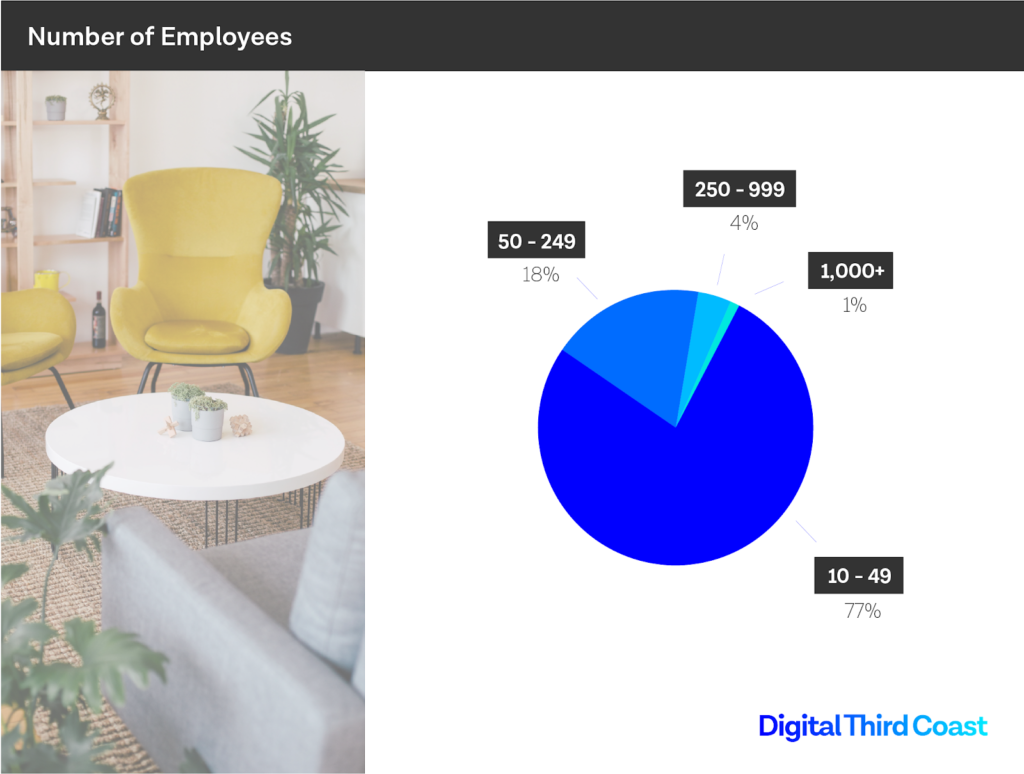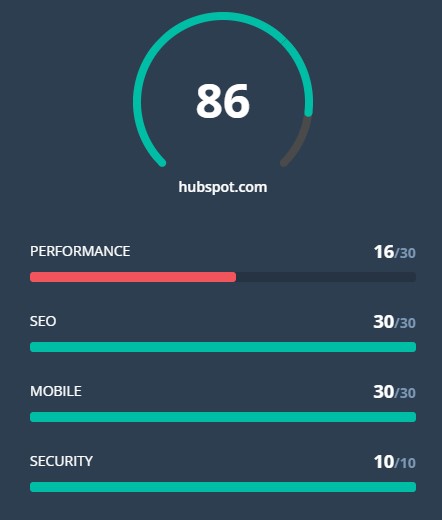Where and How Often Do Consumers Watch Live Video? [New Data]
By 2027, the live video market is expected to surpass $184 billion. And brands are taking notice. By the end of 2018, marketers were using live video as part of their social media strategy. Since then, this number has likely grown as brands continue to use a number of online platforms to stream virtual events, Q&As, and other content that their audiences will value. Although brands are jumping on the live video bandwagon, you might still wonder if live video is really worth investing in. After all, creating any video costs your company time and money. Additionally, measuring the ROI of a live video can be tricky. Before you decide to implement live video planning and production into your strategy, you’ll need to learn more about this content’s consumers, how often they watch this content, and which platforms they primarily use to stream it. Learning about your prospective audience’s live video behaviors will allow you to consider a strategy that offers them valuable content while meeting them on the platforms they’re already on. To give you insight on how often and where general internet users watch live video, I conducted a survey of more than 400 people using Lucid software. In the survey, I asked two questions: “How often do you watch live videos?” and “Where do you watch live video most often?” How Often Consumers Watch Live When I asked consumers how often they were watching live video, I didn’t expect a large percentage to say they were consuming it more than once or twice weekly. As a marketer and social media user, I was expecting that only a few people would regularly stop everything and devote time to watching streams on fast-paced online platforms. However, when I looked at the results, I was surprised by how frequently consumers were actually watching live videos. According to the data, 57% of those surveyed watch live video at least three times per week, while only seven percent said they never watch live video. Data Source While the result above is fascinating to think about, you should keep in mind that this is just a survey of one small group of consumers rather than a representation of the global internet user population. Additionally, just because our pool of consumers regularly watches live content, this doesn’t necessarily mean they’re watching branded content. Although you should take this result with a grain of salt, the data above, combined with mounting research that shows how live video is growing, signifies that this format might be more than just a trend. . Although you should consider your budget, audience, and the time involved in a live video strategy before your create or plan content, this result indicates that you might want to keep this tactic on your radar. Where Consumers Watch Live Video Now that you know live video is capable of generating solid viewership, you might be wondering where the best place to stream your first video actually is. You’ll want to pick a platform with a high user base, but you’ll also want to make sure that the site you choose has an audience that aligns with the audience you want to engage with.. When you start by picking the best platform for your brand and audience, you can learn what it takes to be engaging on this site, and adapt your content from there. But, simply choosing a platform can be easier said than done. At the moment, almost all of the top social media platforms — including Facebook, YouTube, Instagram, Twitter, LinkedIn, Reddit, and now even TikTok — have live streaming features. Additionally, emerging platforms like Twitch.tv have gained notoriety for primarily hosting live content. To help you identify a few platforms worth looking into, I asked the same Lucid participants. “Where do you watch live videos most often?” While the results about how often consumers watched live video surprised me, I wasn’t as shocked when I discovered where they were watching their content. The platforms with the biggest audiences, and the most mature live streaming tools, took the lead. These platforms were YouTube (48%), Facebook (20%), and Instagram (13%). Data Source One thing that did surprise me was that fewer people were viewing live videos on Twitter. Although the platform isn’t primarily known for live streaming, Twitter’s company was one of the first to invest in it with the 2015 acquisition of Periscope. Although some platforms were less popular than others in this poll, you shouldn’t necessarily rule them out. For example, if your most engaged audience is already on Twitter, or your followers love your B2B content on LinkedIn, you could consider testing those platforms first since you might already have a great sense of what those audiences will engage with. Or, if you’re selling a B2C product, you might want to focus on the bigger, broader networks like Facebook or YouTube since they have a large range of audience demographics. As you plan your next live video event, here’s a look at what other brands are doing on popular live video platforms. The Top 3 Platforms Consumers Use to Stream Live Video YouTube As the world’s second-largest search engine, YouTube’s more than 2 billion-person user base is incredibly broad. This means that almost anyone will log on to YouTube and search its content for a number of different reasons. Aside from being one of the oldest and biggest online platforms out there, YouTube’s also offered a live stream feature, called YouTube Live, since 2011. YouTube Live allows users to broadcast live content to viewers. With this live video feature, you can share unfiltered moments, as well as allow the audience to participate with real-time comments and reactions. Live videos on YouTube are recorded, appear on profiles and feeds like any other video upload, and can be watched even after the stream has ended. Below is a great example of a live video launched by Adobe as part of its Sketch Party series. During each Sketch Party stream, Adobe
Where and How Often Do Consumers Watch Live Video? [New Data] Read More »







